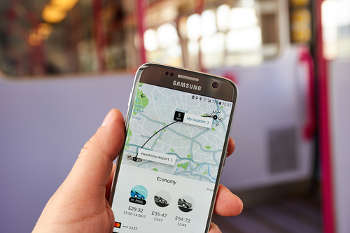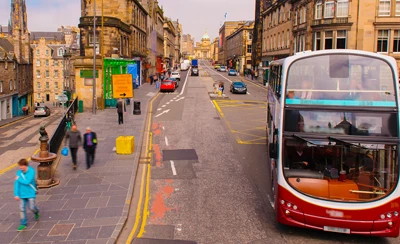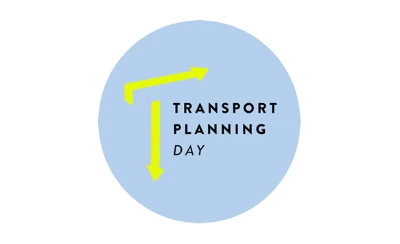
As new technologies make more travel data available from more sources, Martin Wedderburn, TPS board member and director of Wedderburn Transport Planning, considers the evolving role of transport planners.
A changing world of data collection
The transport planning profession has always been data-heavy. We rely on local data collection, quantitative evidence, benchmarking and behavioural research.
First-hand experience of data collection is invaluable for future transport planners. It teaches us to always check and question the data we use and its meaning. However, the world of transport data collection is rapidly evolving and, with it, our skill sets must also evolve to understand these new data sources.
The five highest valued companies in the world today are software companies. And we constantly hear of the relative value of technology companies compared to traditional manufacturing and service businesses.
Without actually owning and operating any hotels, AirBnB and Booking.com are both valued higher than any international hotel chain. And without operating any transport services (and without even making a profit), Uber’s valuation is higher than many of the world’s largest vehicle manufacturers.

The business model of the tech intermediary passes the risk of actually operating services and producing goods to third parties. But that business model is also a race, which relies on rapid expansion to gain maximum market share as quickly as possible.
The reward for winning the race to market share is unrivalled insight into the behaviour of consumers – i.e. data – that forms a major part of the value of these companies.
New data available for transport planners
Numerous data sources are now available for looking at movement patterns. Mobile phone operators are now fully-fledged data brokers offering products tailored to the needs of different sectors, including transport planners.
Google’s coverage enables it to give us real-time information on congested roads. It can also forecast the times of the week our local Post Office will be busiest. If you bothered to read the full terms and conditions of the last app you downloaded on your smartphone, you may have discovered clauses allowing data on your everyday movements to be harvested and aggregated.
This data revolution is opening up new opportunities. A transport planner specialising in studying movement at the human scale (like me), certainly needs to keep abreast of the ever-increasing choice in technologies to monitor people movement.
This year’s Transport Planning Day theme is transport and housing. So does this wealth of data also improve our evidence base on travel behaviour?
Building the evidence base and empowering communities
Many of the current issues with transport development planning are structural. We forecast the future travel behaviour of car-dependent developments based on several decades of data collected from previously completed car-dependent developments – thus perpetuating car-dependency. This issue will prevail regardless of the technologies used to collect the data.
But technology could also drive new forms of localism. Earnest politicians and planners struggle to challenge the status quo of volume housebuilders. The housebuilders are then able to churn out characterless, car-dependent estates.
Communities could use technology to challenge the status quo in the planning process through local and neighbourhood plans.
A robust evidence base is essential to challenge the status quo and to create less car-dependent neighbourhoods, and there are opportunities to obtain this using crowd-sourced data.
There are now numerous free apps available to glean travel data: apps that conduct travel surveys, as well as relatively low-cost tools to combine mobile device tracking with self-reported travel data to improve travel survey accuracy.
There are a plethora of algorithms that can simplify or automate the process of counting pedestrians and vehicles from video footage. Together these tools can assist local authorities or community groups to collect data a reasonable cost.
This is symptomatic of a more general trend: the fragmentation of data ownership and a widening number of actors with their own transport and mobility data.
This includes the operators of new shared mobility solutions or the bespoke reports provided by mobile operators to a range of actors in the property market. In the world of plentiful data, from plentiful sources, do transport planners have a role?
Our role may increasingly become one of data arbiters - defining common specifications and standards, setting benchmarks, evaluating alternative technologies and algorithms, and securing data sharing agreements. Not forgetting the task of actually making sense of the data, helping others to understand it, and getting on with the day job of transport planning.
Data might be becoming more readily available, from a wider variety of sources, but transport planners will still be needed to put it to good use. The skill sets required of us may be changing but first-hand experience of digital data collection remains invaluable experience for the future transport planning professional.
Nominations for the Transport for New Homes Award close on the 26th August
Transport Planning Day will take place on 20th November








